-
Rooted in industrial chic and timeless leathercraft, this stool channels the en...
-
Inspired by the timeless elegance of mid-century modern design, this chair pays...
-
Stripped of all excess, this chair embraces essential form with intentional des...
-
Step into the world of classic design, a remarkable fusion of style and comfort...
-
Find out this versatile icon of design chair that effortlessly blends into any ...
-
Discover this metal chair, a symbol of modern craftsmanship that combines simpl...
-
The chair's design is characterized by its simplicity and functionality. The ar...
-
The Minimalist Black Design Chairs is an iconic piece of furniture that has lef...
-
Bring a touch of rustic industrial charm to any setting with our Industrial Woo...
-
The Backless Black Metal Stools feature a distinctively simple yet elegant stru...
-
The timeless elegance of our Classic Black Metal Design Chairs—where sleek soph...
-
The stool's minimalist design is accentuated by its clean lines and geometric s...
What to look for in an ergonomic office chair?
Choosing a high-quality ergonomic seating solution is one of the best investments you can make for your health and productivity, especially if you spend long hours at a desk. A properly designed ergonomic office chair can alleviate back pain, improve posture, and make your workday significantly more comfortable. But with so many options on the market, what should you really be looking for? This guide breaks down the essential features that distinguish a truly supportive chair from a basic one.
Key Features to Prioritize
When evaluating a potential chair, don't just focus on the brand name or aesthetics. Instead, pay close attention to the adjustability and quality of its components.
1. Adjustable Lumbar Support
This is arguably the most critical feature. The lumbar support is the part of the chair that supports the natural inward curve of your lower back. A good ergonomic desk chair offers support that is both height and depth adjustable. This allows you to position it perfectly to fill the curve of your spine, preventing slouching and reducing pressure on your lower back. Look for chairs where the lumbar support can be moved up and down as well as in and out.
2. Seat Height and Depth
Your chair's seat should allow your feet to be flat on the floor with your knees at a 90-degree angle. Pneumatic height adjustment is standard on most office chairs, but seat depth adjustment is a key feature in a proper ergonomic model. A seat slider allows you to move the seat pan forward or backward. You should have about two to four fingers' width of space between the back of your knees and the edge of the seat. This prevents pressure on the backs of your thighs and improves circulation.
3. Armrests
Armrests on a comfortable computer chair should not only be height-adjustable but also able to pivot and slide forward or backward (often called "4D armrests"). When properly adjusted, your armrests should allow you to rest your elbows comfortably, keeping your shoulders relaxed and your forearms parallel to the floor. This takes the strain off your neck and shoulders while typing.
4. Backrest and Tilt Function
A great ergonomic chair will have a backrest that is both wide and tall enough to support your entire back and shoulders. The backrest's angle should be adjustable and able to be locked into place. Additionally, the tilt mechanism is crucial. A synchronized tilt allows the seat and backrest to recline together at a comfortable ratio, opening up your hip angle and promoting movement. An intuitive tension knob lets you control the force needed to recline, supporting your weight properly.
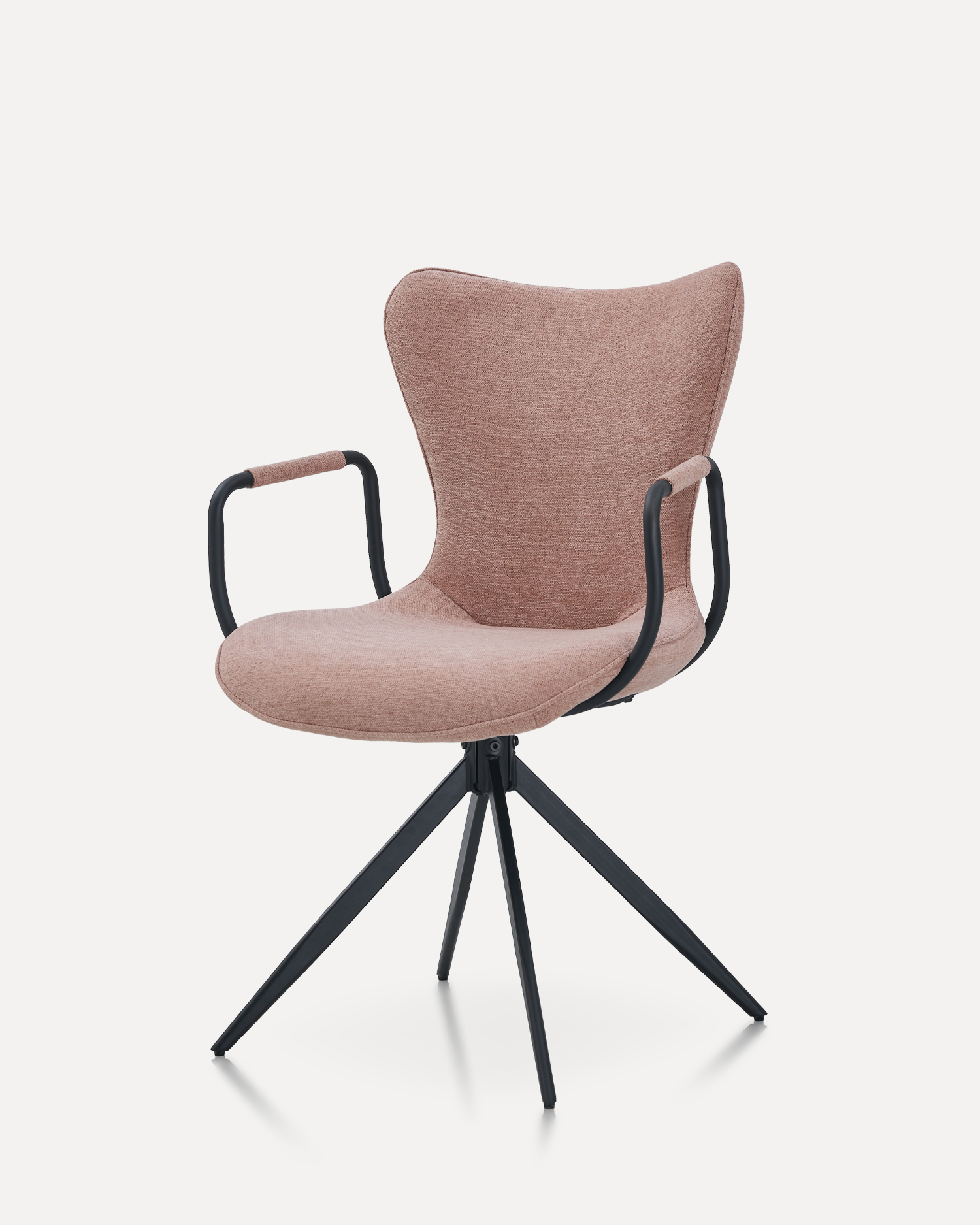
5. Headrest (Optional but Recommended)
For many users, a headrest is a valuable addition. A headrest provides support for your head and neck, which can be especially beneficial for taller individuals or when reclining. Look for one that is both height and angle adjustable so you can position it to relieve tension in your neck muscles.
The Importance of Materials and Build Quality
The materials and overall build of the chair also play a huge role in its performance and longevity.
-
Mesh vs. Fabric: Mesh is a popular choice for its breathability, keeping you cool during long work sessions. Fabric chairs can offer more cushioning and a warmer feel. Both are excellent choices; the decision comes down to personal preference.
-
Base and Wheels: The chair's base should be sturdy, typically made of high-quality plastic or metal. The casters (wheels) should glide smoothly on your flooring without causing damage. Look for chairs with multi-directional casters for easy movement.
-
Build Quality and Warranty: Invest in a chair with a solid, durable frame and a generous warranty. A good warranty is a strong indicator of a manufacturer's confidence in their product's durability.
In Conclusion
When you’re ready to purchase a new ergonomic seating solution, remember to test the chair's adjustability first. An ergonomic chair is only effective if it can be perfectly tailored to your unique body shape and size. By focusing on these key features—adjustable lumbar support, seat depth, armrests, and a good tilt mechanism—you can select a chair that not only supports you but also enhances your overall well-being and productivity for years to come.

 English
English Français
Français Español
Español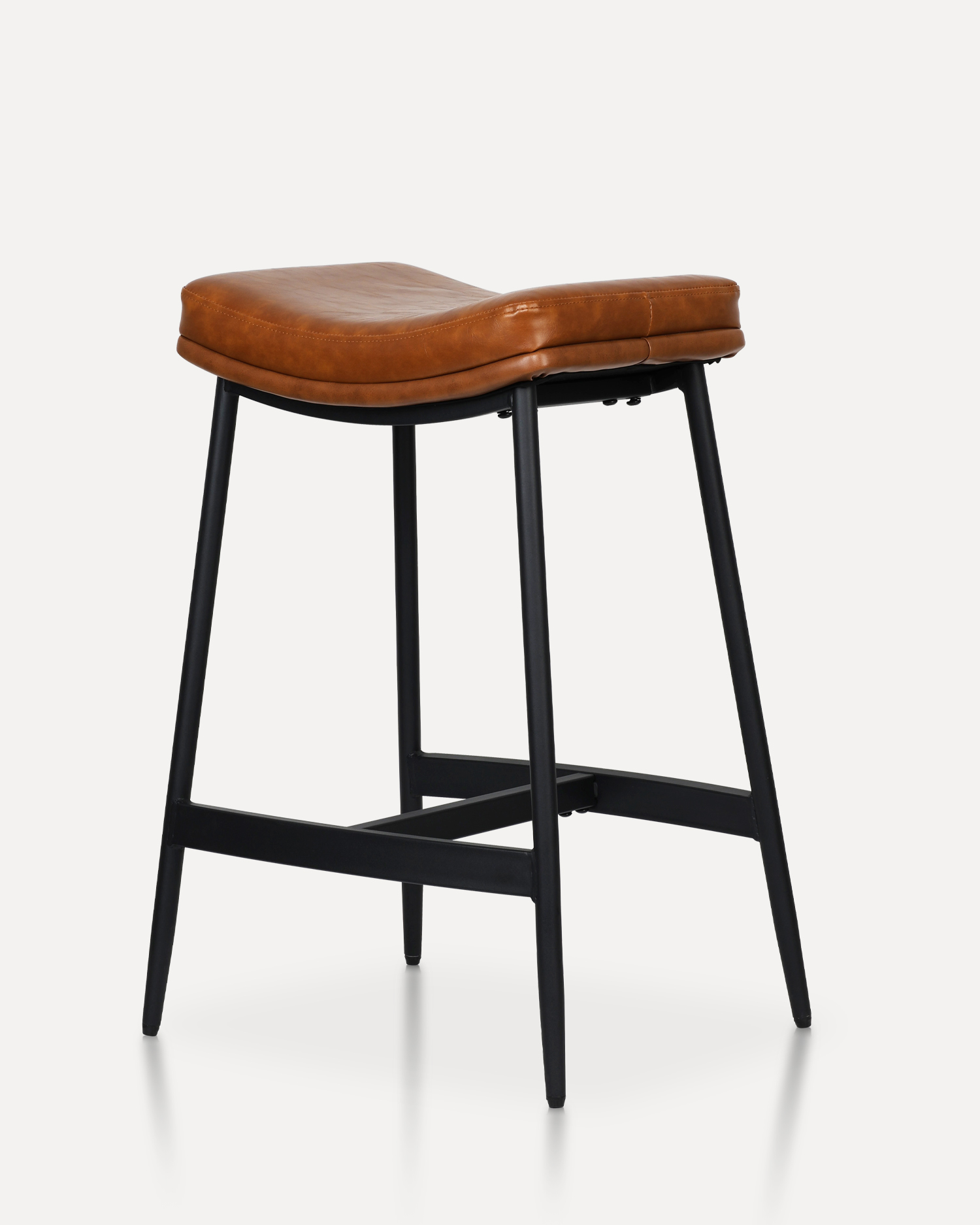
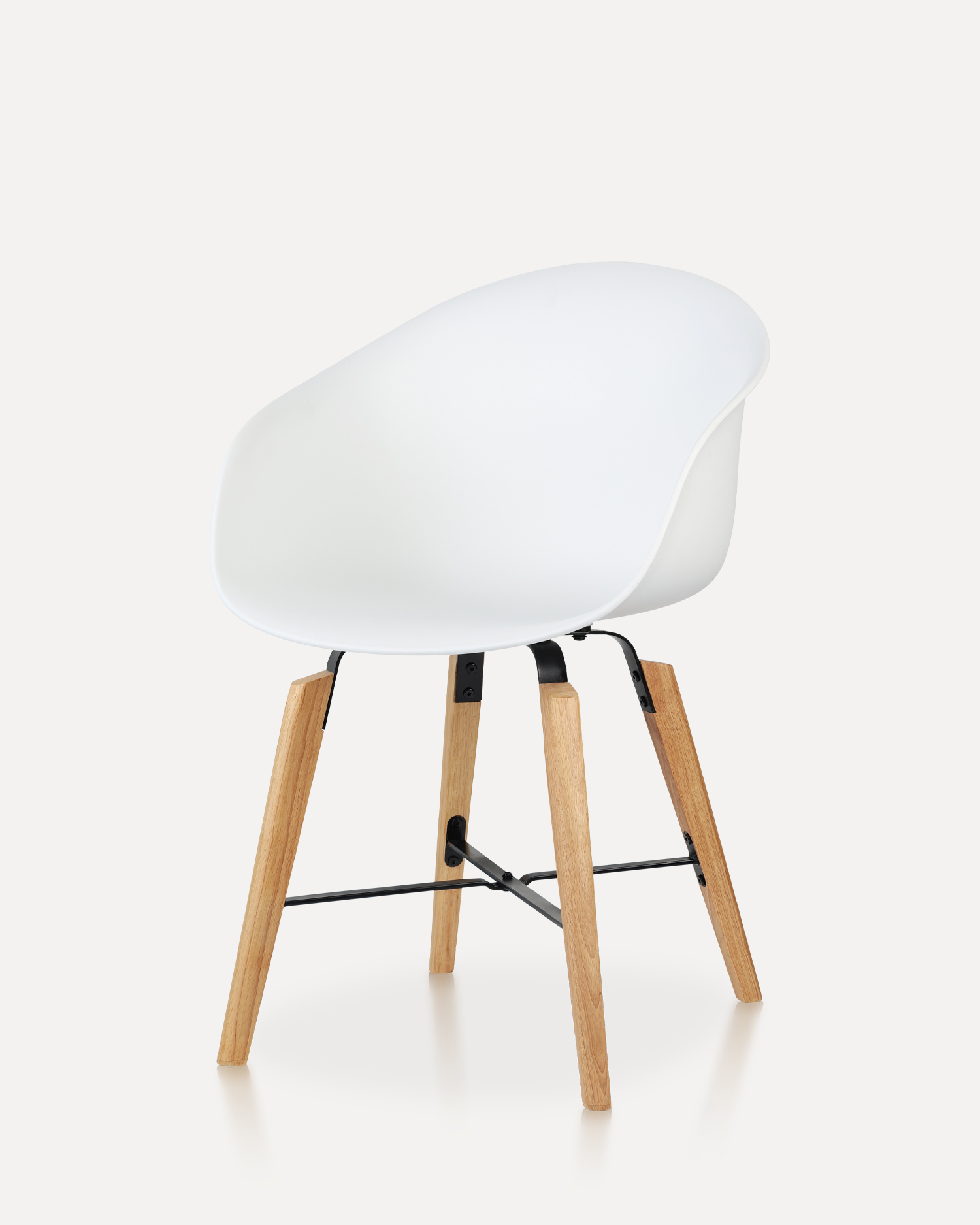
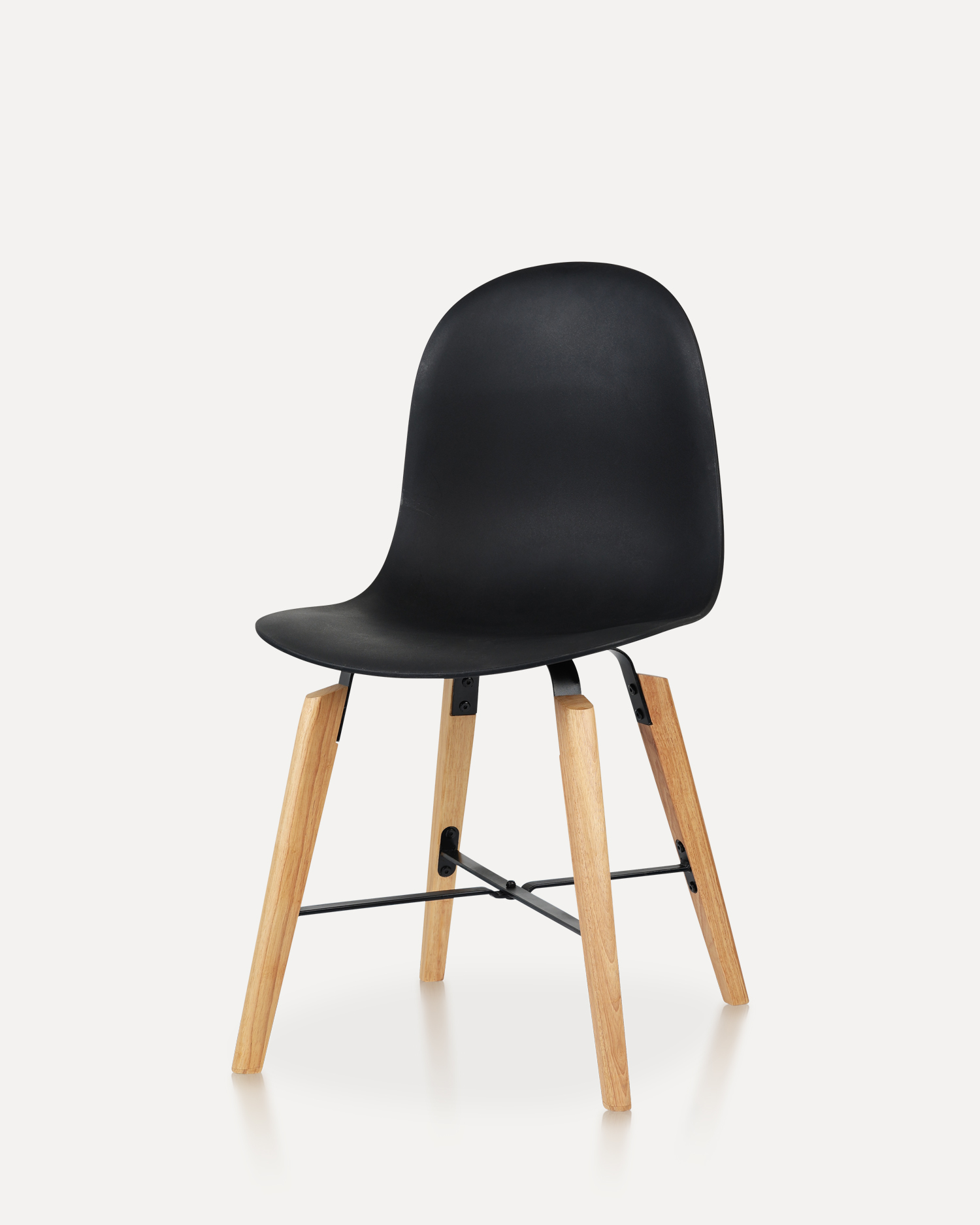
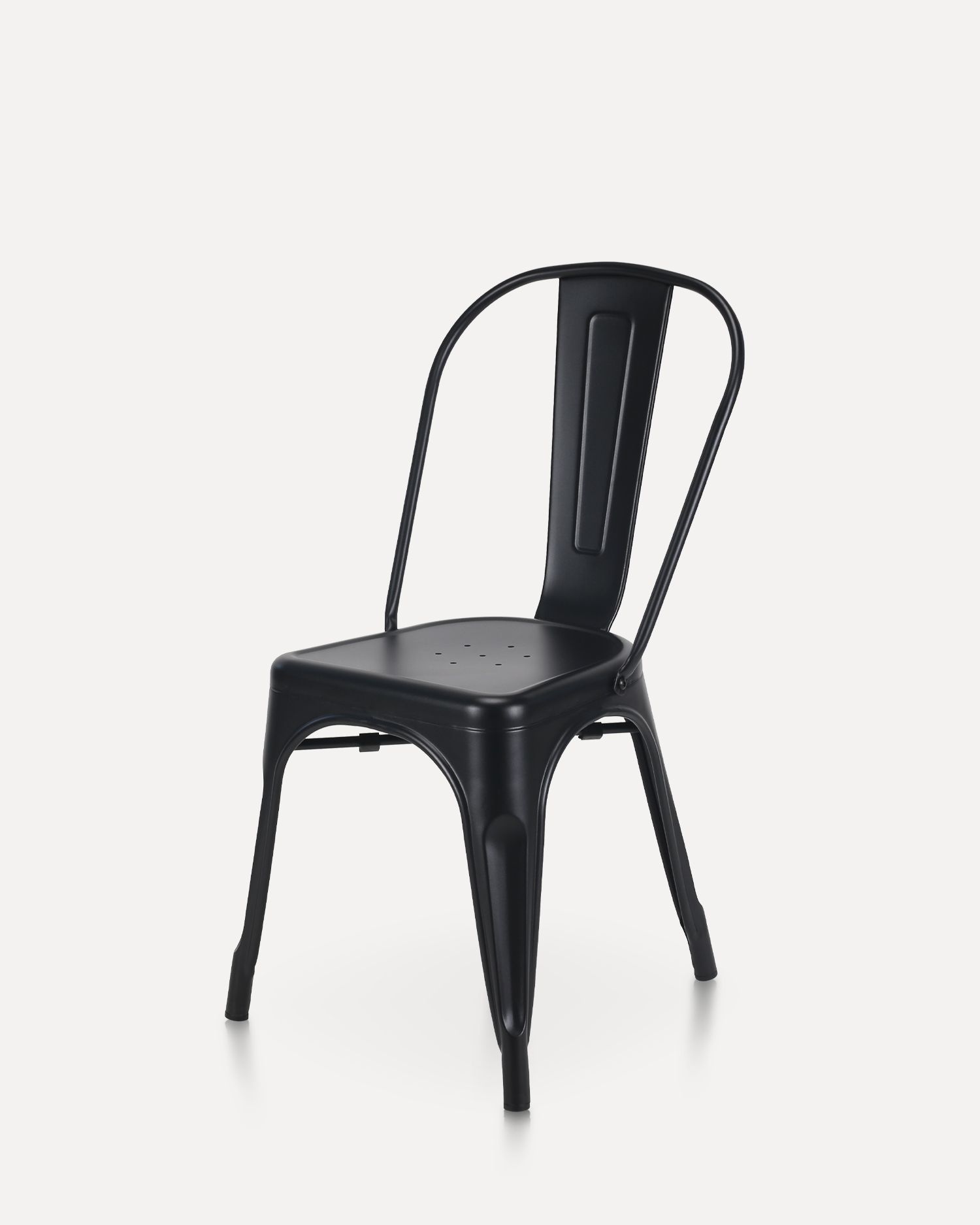
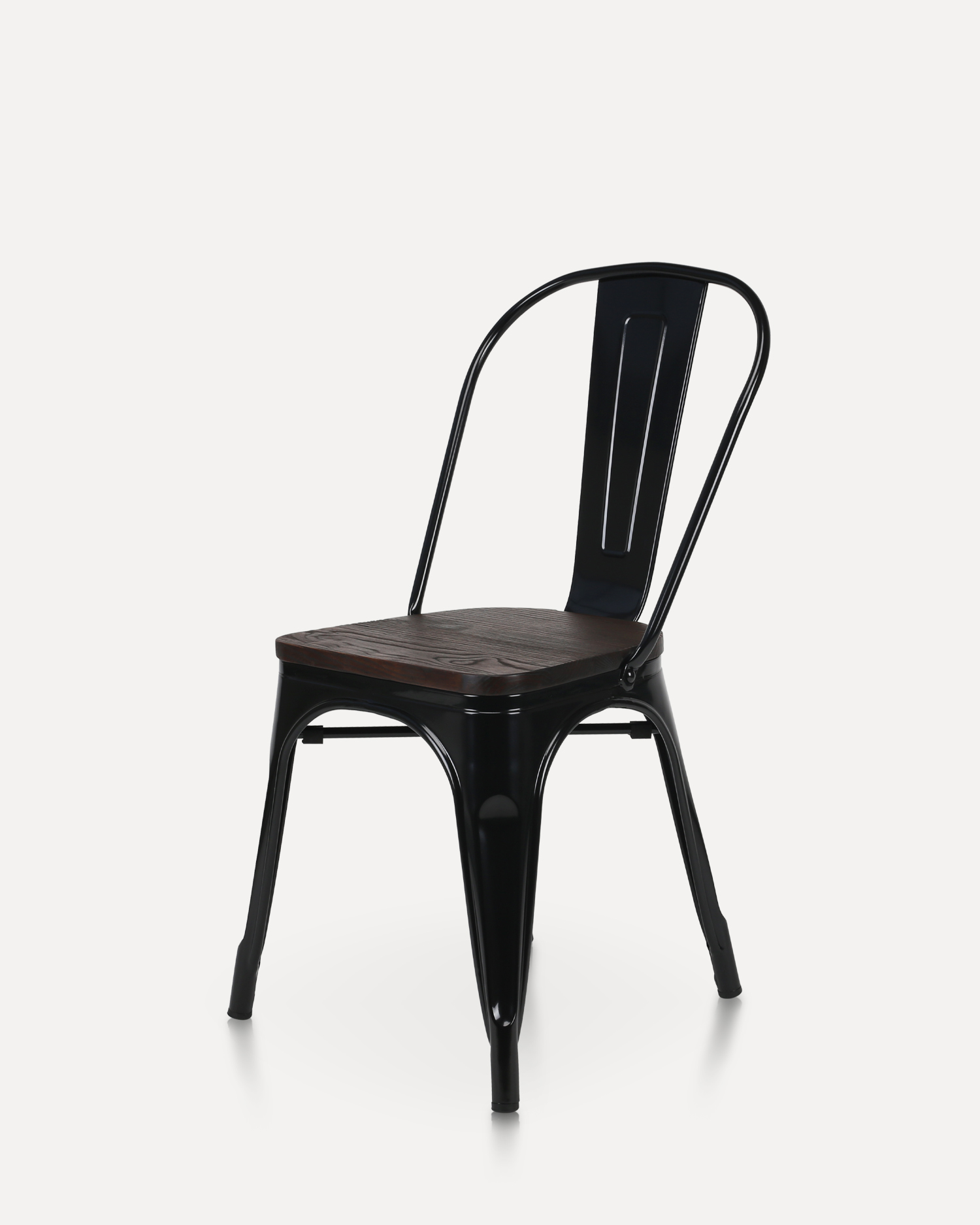
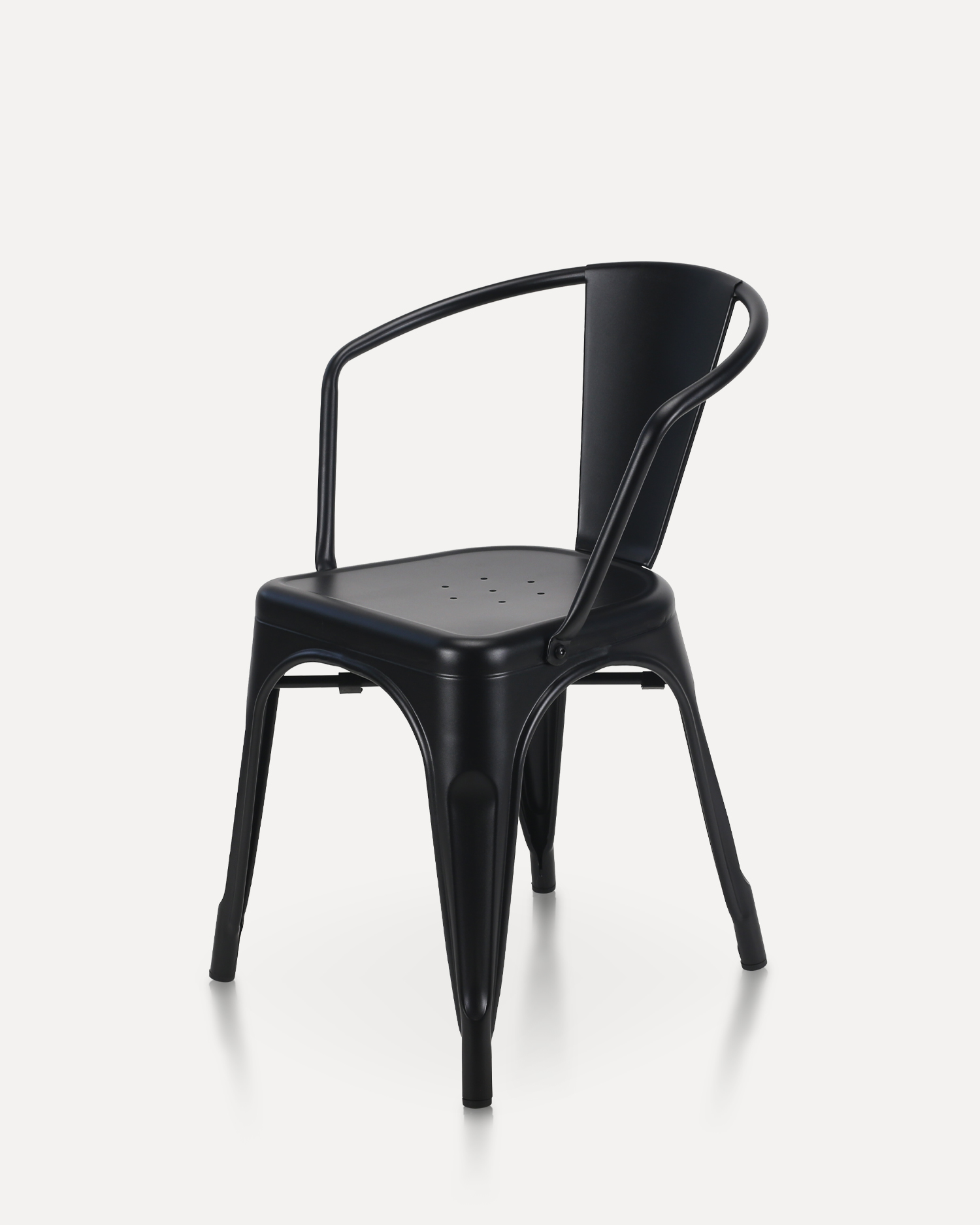
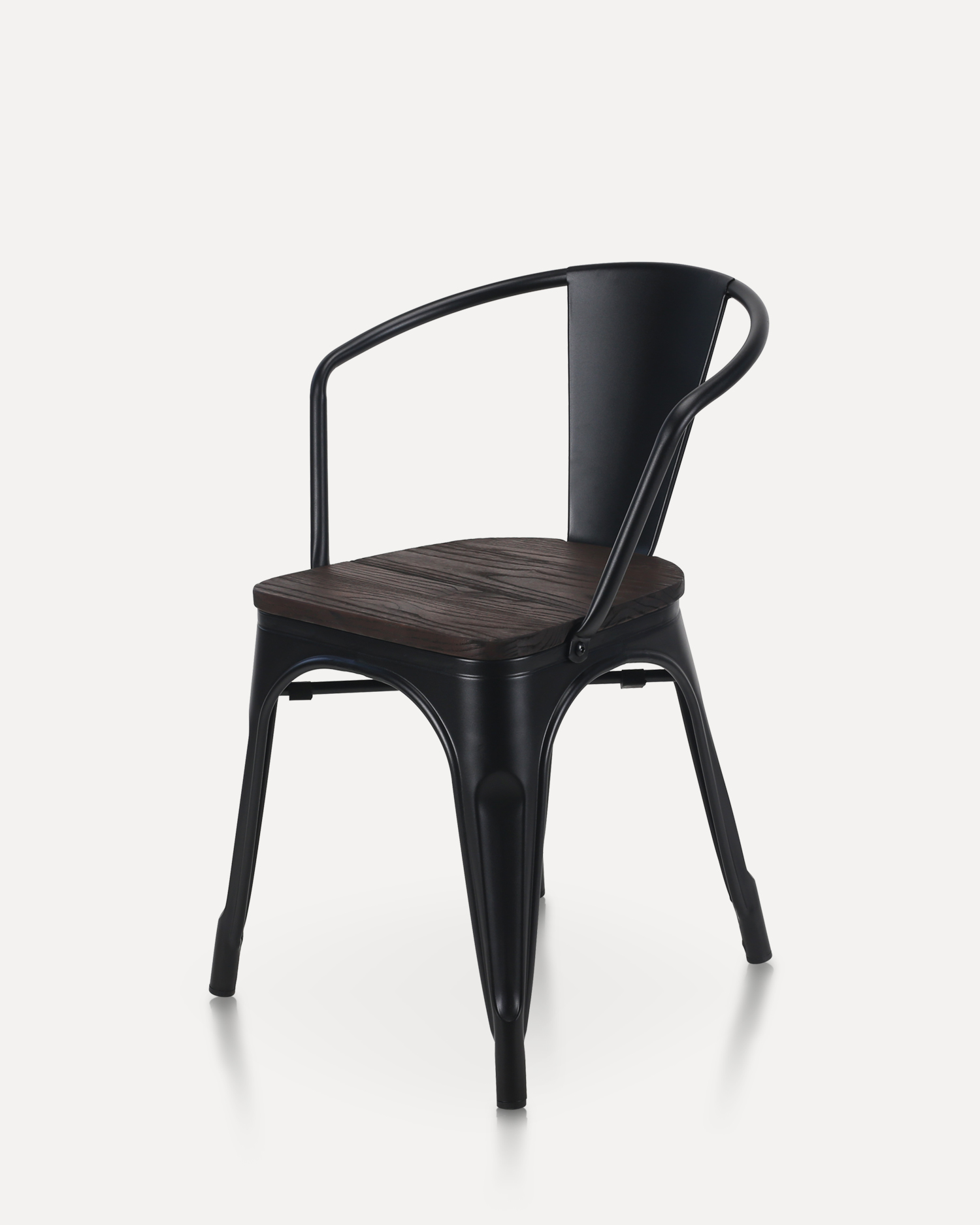
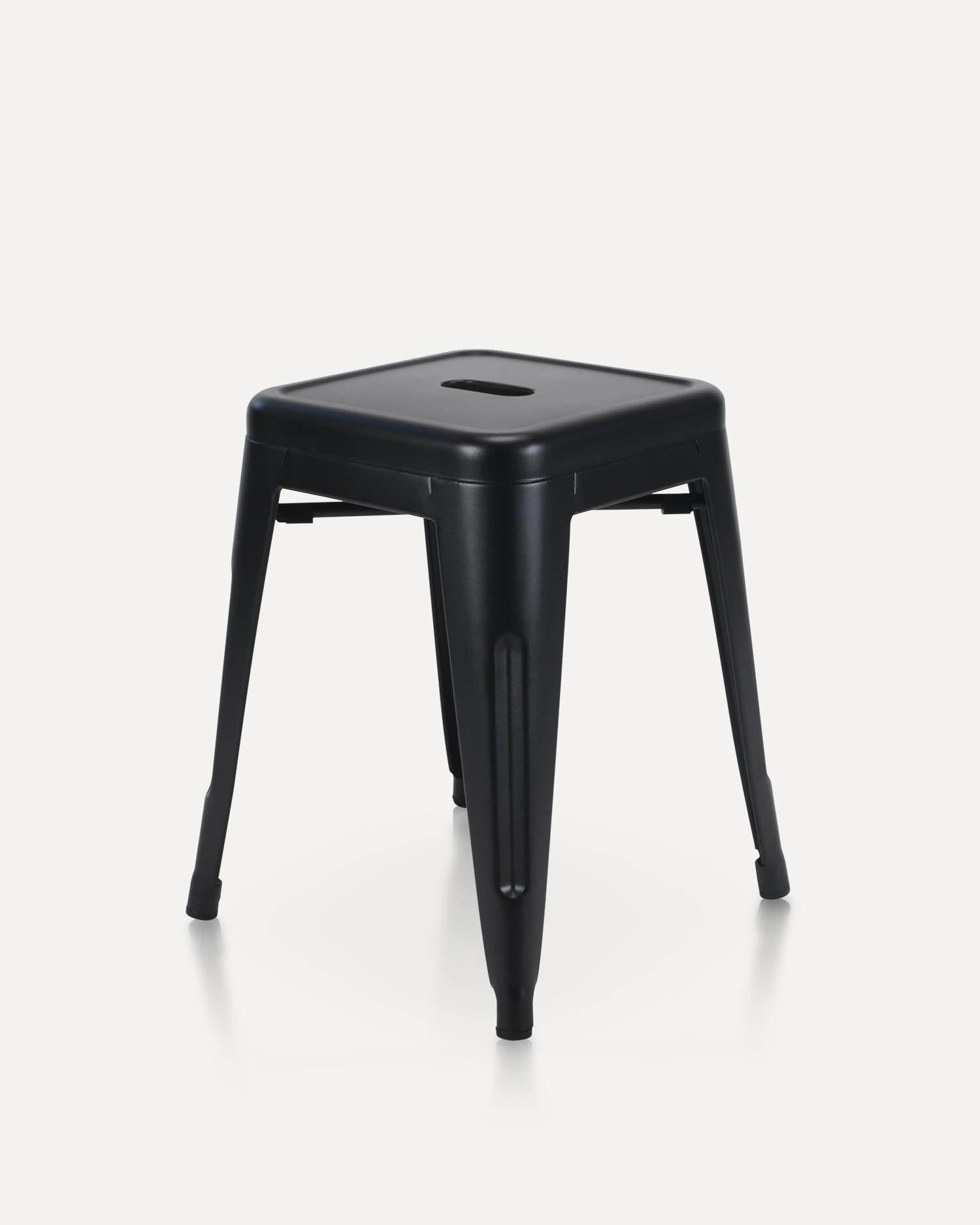
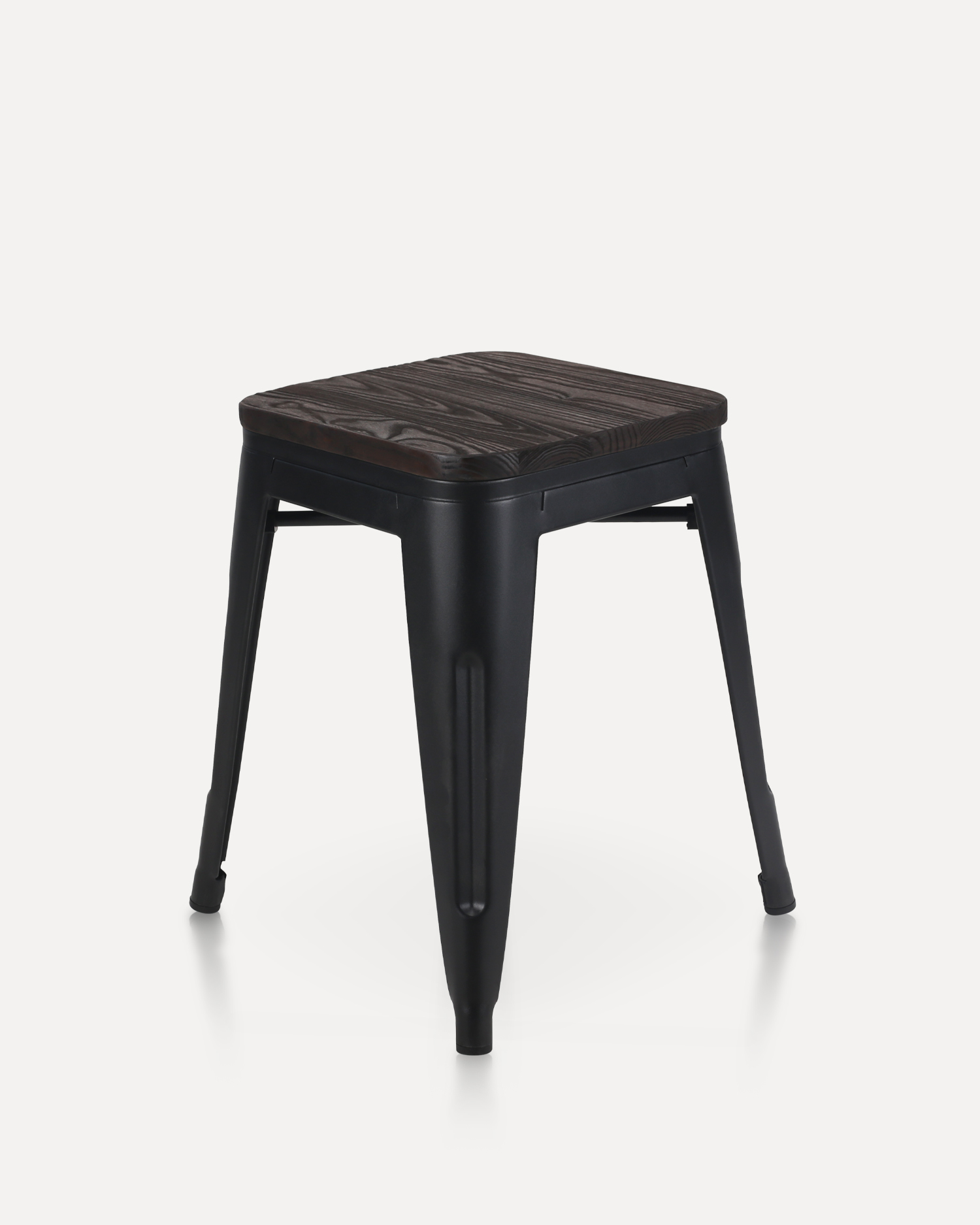
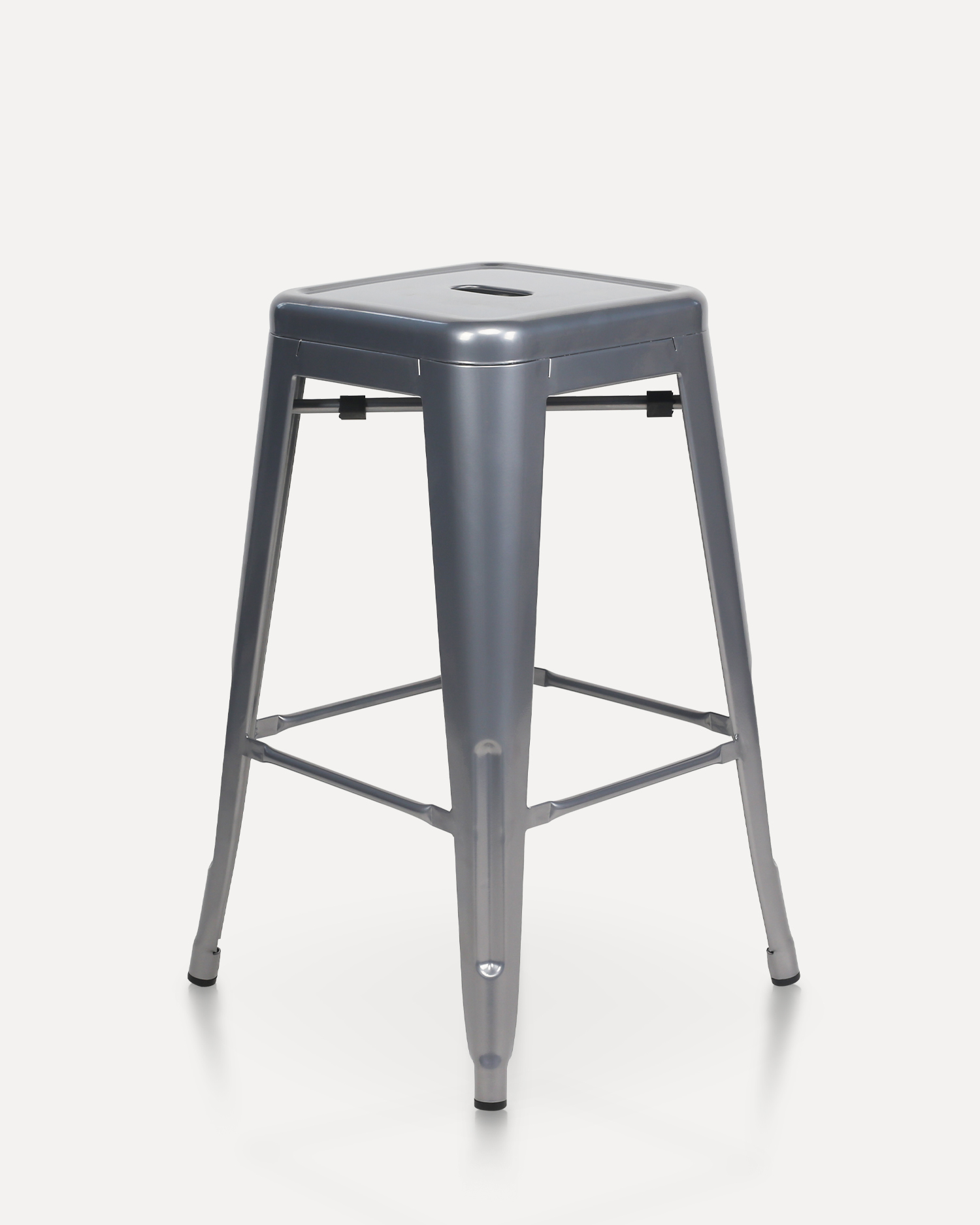
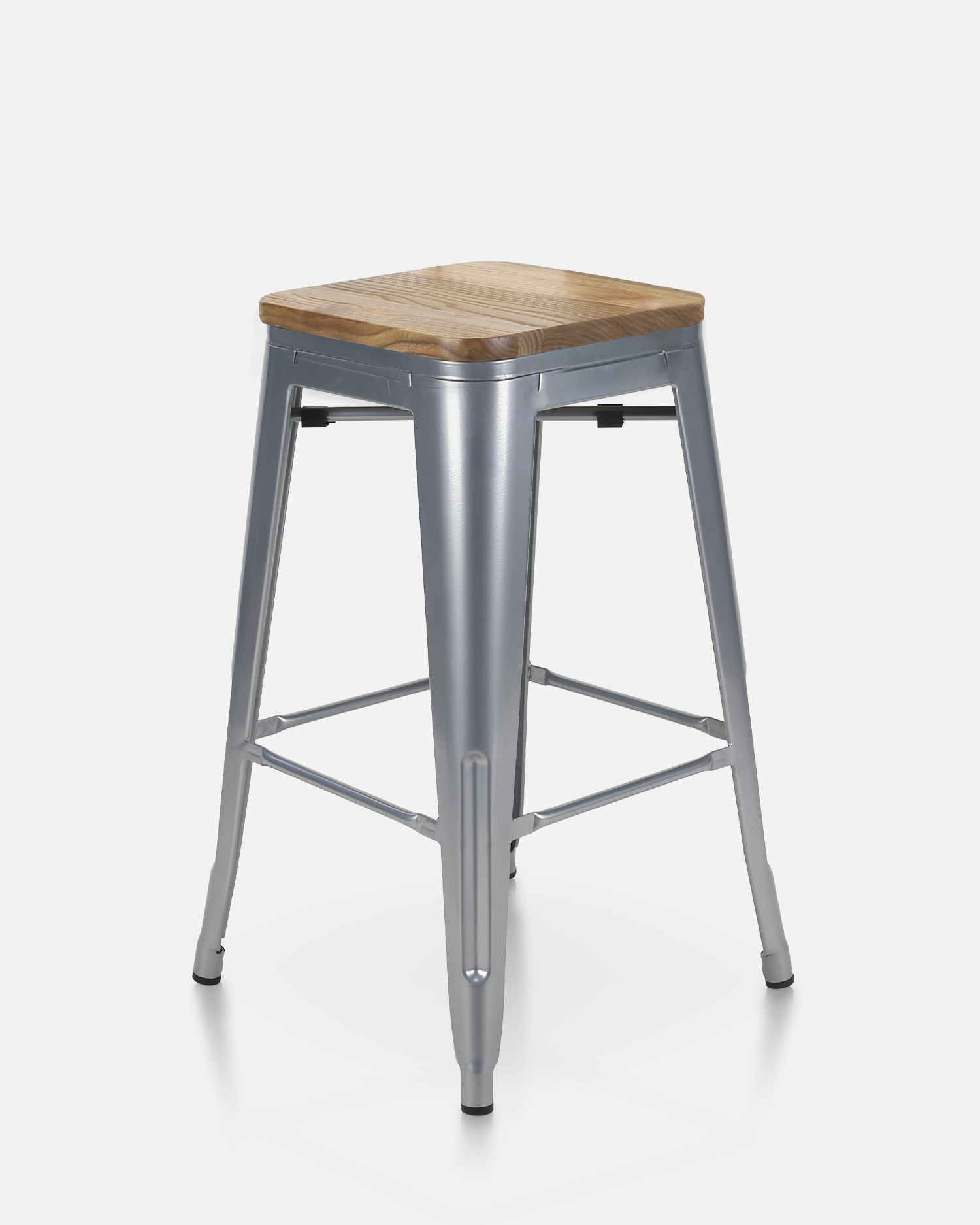
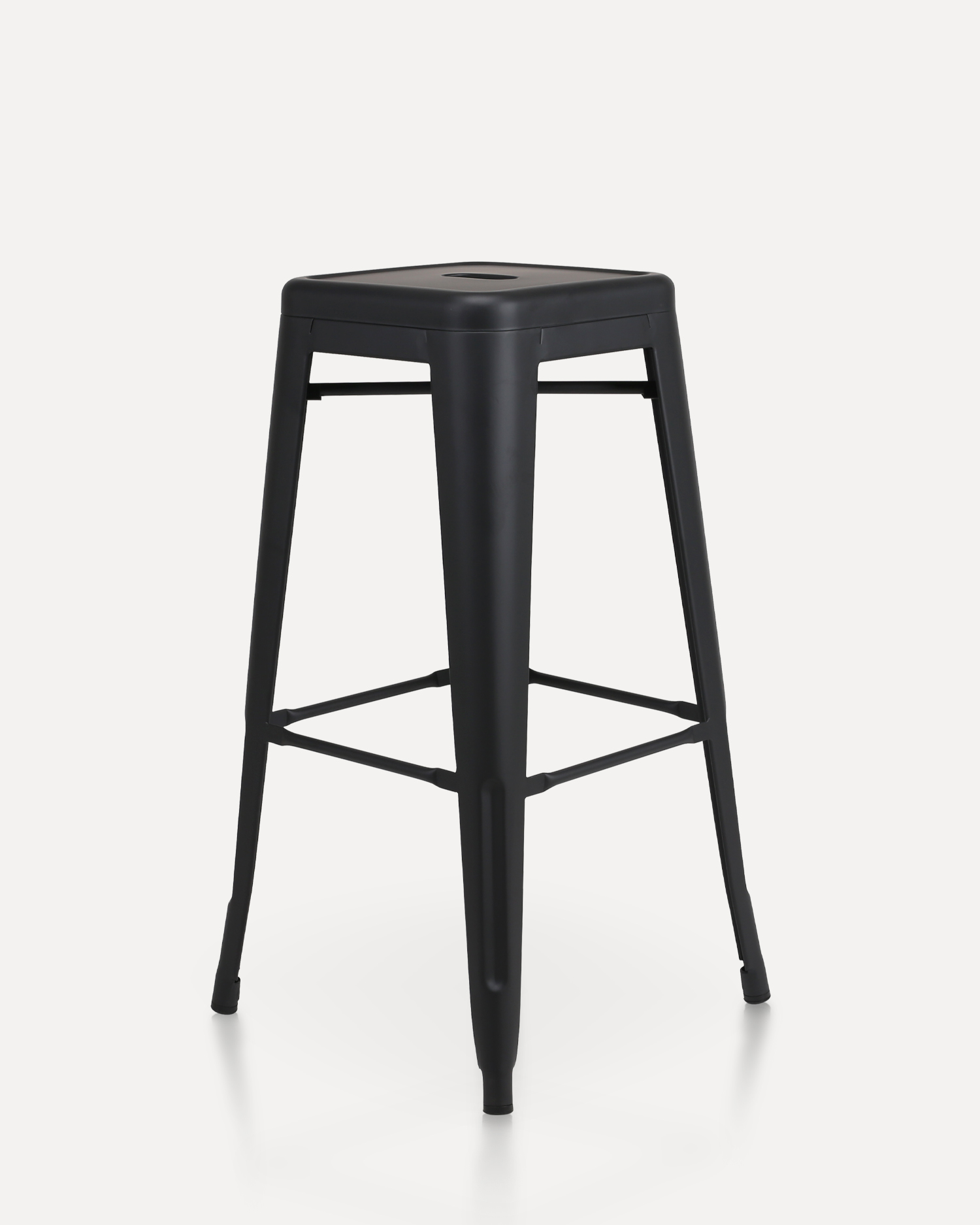





 Instagram
Instagram
 Facebook
Facebook
 Linkedin
Linkedin